There’s a big difference between a vehicle equipped to tackle 4x4 trails on the weekend and one equipped to cross a continent. At least, there should be.

It’s easy to assume that if your lifted, locked, re-geared truck running on 37-inch tires and remote-reservoir race shocks can handle the Rubicon or Moab, it should handle Africa or Australia. Just bolt on a roof rack, stack some jerry cans up there in front of the roof tent, and go—right?
Sorry, but not advisable. Many of the modifications that enhance a vehicle’s ability to climb vertiginous rock gullies or sandstone ledges can significantly compromise long-term durability and reliability. And the latter attributes are the number one and number two qualities you need if you’re going to do two or three thousand miles across a continent where a fundi (mechanic) might be a hundred miles away and the nearest replacement parts in another hemisphere.
Even an extended trip in North America can be ruined if a breakdown eats up a fortnight of vacation time. What you need for extended, remote journeys is a vehicle that can handle day after day of washboard tracks, mile after mile of potholed B-roads in developing-world countries, hour after hour of powering up and surfing down dunes. One that won’t require specialized aftermarket parts if something goes wrong. Let’s look at some Rubicon-worthy modifications that are better left off your expedition vehicle.
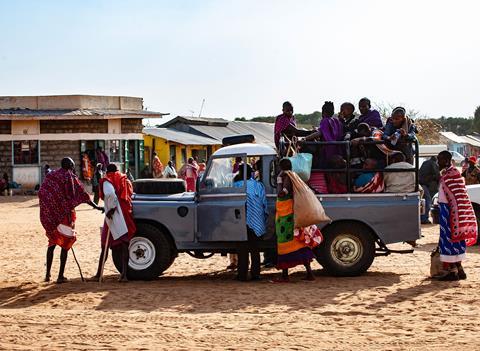

1. Big Tires
Generally the first thing on a new vehicle owner’s wish list, oversize tires look awesome and provide a bit of extra ground clearance (although for every inch in increased diameter you gain just a half inch of clearance). A taller tire will climb taller ledges, and a wider tire will offer more flotation and grip in certain circumstances.
However, those few advantages come with significant cost. As you would expect, taller (and/or wider) tires are also heavier—switch from a 31x10.50 to a 33x12.50, a very modest increase, and you’ll gain about 13 pounds per tire, significantly increasing rotational inertia due to both the weight and added diameter. Go larger and you can easily add 20 or 25 pounds per tire.
As a result, braking distances will increase measurably and pads will wear out more quickly. Fuel economy and acceleration will suffer. Suspension and steering components have to work harder, and larger, heavier tires put much more stress on driveline components—axles, differentials, CV joints, and the transmission. They will also negatively affect your gearing, which brings us to…
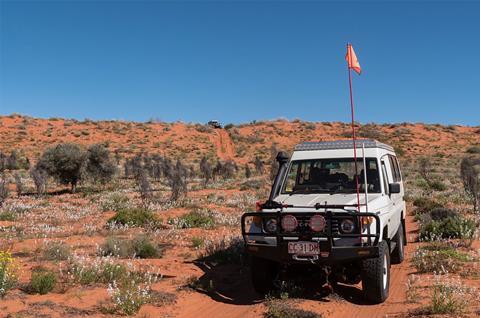
2. Lower Differential Gearing
Larger tires hurt acceleration in all gears, and they raise the lowest low-range speed for rock crawling. Many owners compensate by installing lower-ratio (i.e., higher numerical) differential gears, but to do so within the factory axle assembly requires a smaller, weaker pinion gear, which, along with the extra stress from the heavier tires, multiplies the potential for wear or outright failure.
I’ve seen at least a half dozen completely stripped pinion gears come out of the diffs of owners who swapped out stock 3.90 or 4.10 gears for 4.88 or 5.29 replacements after installing oversize tires. Not a disaster if you’re 30 miles from home with a group of buddies; a real problem if you’re dodging bandit country solo in northern Kenya.
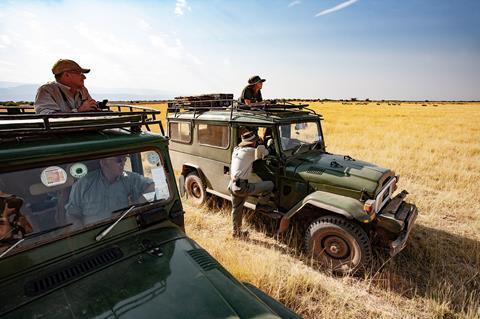
3. Big Suspension Lift
Towering suspension lifts are another popular modification, one often done out of necessity to clear those big tires. Given stock or near-stock tire sizes, a moderate lift—say two inches or so—can usefully increase ground clearance without drastically affecting handling or fuel economy. Heavy duty springs can compensate for the additional load of a camper or camping gear (however, you should still stay within the vehicle’s GVWR).
Lift the vehicle beyond two or three inches and driveline angles will suffer. On IFS vehicles especially, the axles will have to run at angles they weren’t designed for. Some kits include a front subframe to rectify this, but moving suspension mounting points farther from the chassis rails does nothing for durability. Old Man Emu, the Australian company with decades of experience modifying vehicles for extended use in the Outback, sensibly limits their suspension lifts to no more than two inches.

4. Race Shocks
On a fully loaded vehicle in the Outback or the Kalahari Desert, a sophisticated racing shock with external bypass tubes, a remote reservoir, an exposed shaft, and all-metal heim joints is just $800 worth of stuff to go wrong (try finding a replacement in Maun). You don’t need a shock that can handle high-speed, high-amplitude movement; you need one that can withstand those corrugations and potholes without overheating, and one that can’t be damaged by sand-blasting or thrown rocks.
The single best expedition shock I’ve ever used is the Koni Heavy Track Raid, a deceptively simple design with massive oil volume to run cool all day long, a protected shaft, and easily serviced rubber bushings. The OME Nitrocharger is excellent as well.

5. “High-Performance” Air Intakes
Modern engines produce power we wouldn’t have dreamed of in the dark days of the late 1970s, but for some people plenty of power is never quite enough—thus the still-vibrant market for “performance” add-ons. One of the most common is a replacement air intake system employing a low-restriction filter. Superlative claims are made for these, frequently derived from dynamometer testing, which bears little resemblance to real-world conditions.
However, even if there are modest gains to be had, the air filters in these systems are invariably smaller than the factory units, and often situated out in the open inside the engine compartment. You get a filter that doesn’t last as long between replacements or cleanings, and which is far less resistant to water intrusion than a factory intake, which is usually routed protectively through the fender.
On the other end of intake philosophy is the snorkel, seemingly de rigueur for any pukka expedition vehicle. Most people assume they are designed for fording deep water, but you can’t just bolt on a snorkel and go cross chest-high rivers. Many other components (especially the all-important ECU) contribute to fording depth.
A snorkel does, however, position the air intake above much road dust, keeping the air filter cleaner. If you do plan on tackling deep water with your snorkel (and have modified other components as needed), make certain it is very well-sealed at the joints.
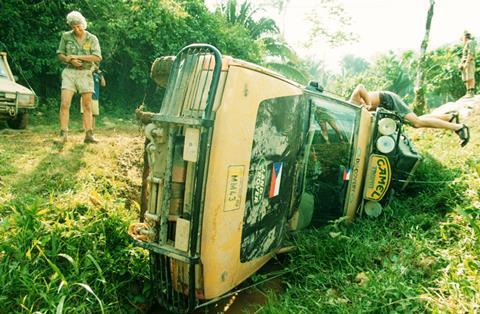
6. Roof Racks
“What?” you say. Surely every proper expedition vehicle needs a roof rack—preferably equipped with a row of jerry cans, some driving lights, a set of aluminum sand ladders, and a half dozen Pelican cases, just like those awesome Camel Trophy Land Rovers of yore. Check back on the photos of those Camel Trophy vehicles, however, and you’ll find a good number of them ended up on their sides after overenthusiastic maneuvering in some Special Task.
Your roof is the worst possible place to put weight to retain safe vehicle handling and the best fuel economy. Even braking is affected, as that elevated weight pitches the vehicle forward during a panic stop, unloading the rear brakes and adding to the load on the front. Besides, any equipment carried on the vehicle’s exterior is that much easier to steal.
If you insist on a roof rack, whether from cargo-space necessity or style, skip the jerry cans and load it only with the lightest gear you have. My own somewhat arbitrary rule is that the load and rack should comprise no more than about five percent of the weight of the vehicle.

So that’s a list of things to leave off an expedition vehicle. What about the modifications that should be mandatory? That’s a discussion for a future article.
More Great Info!
This article originally appeared in OVR Issue 02. For more informative articles like this, consider subscribing to OVR Magazine in print or digital versions here.




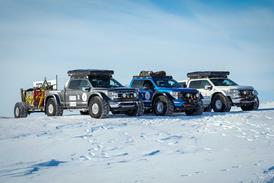


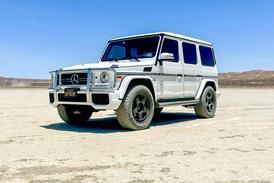
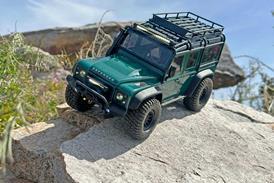

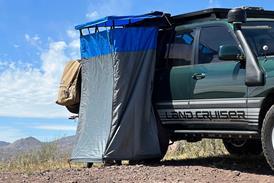
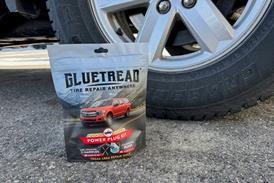
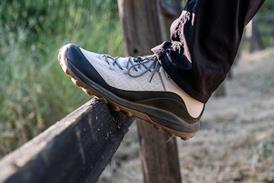
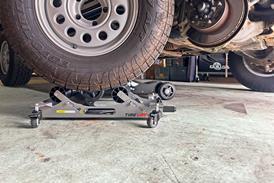







No comments yet